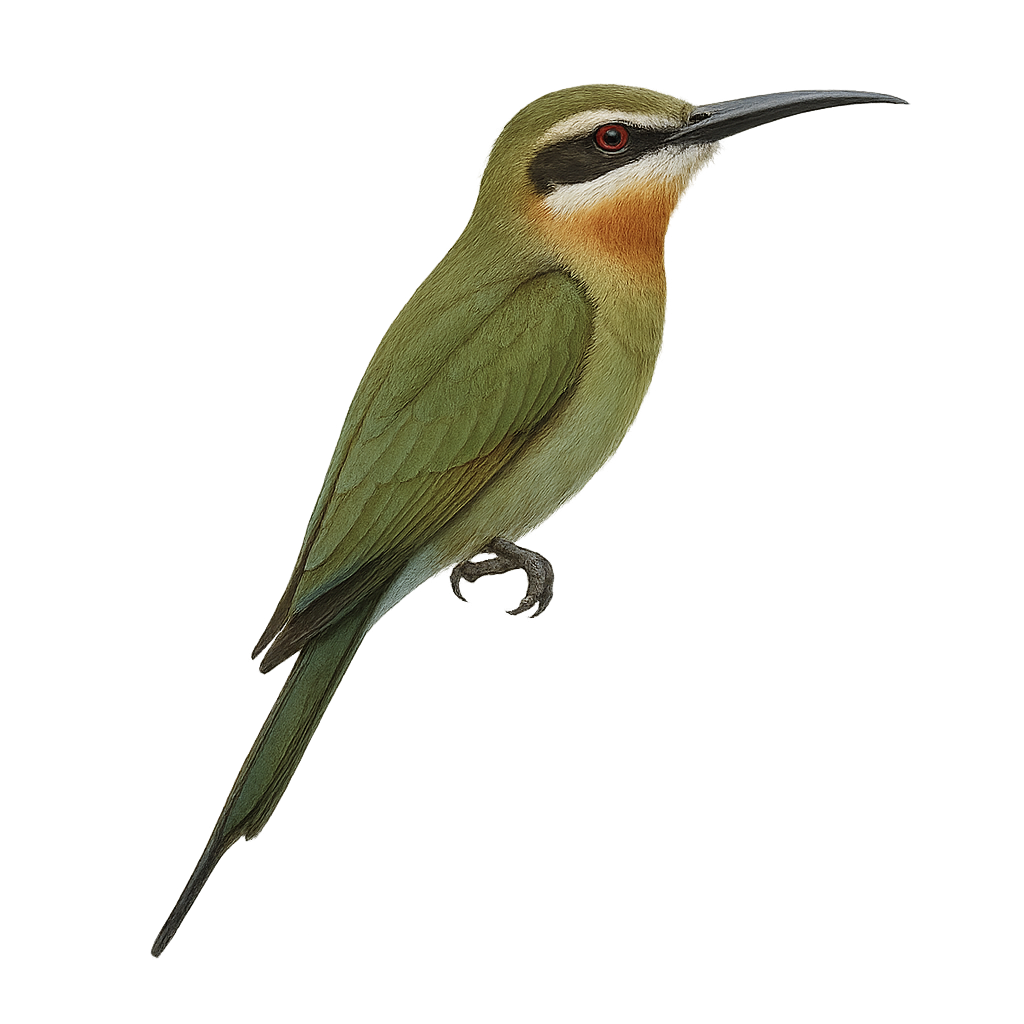Your wildlife photography guide.
Explore the madagascar bee-eater in detail, study its behavior, prepare your shots.
Where to observe and photograph the madagascar bee-eater in the wild
Learn where and when to spot the madagascar bee-eater in the wild, how to identify the species based on distinctive features, and what natural environments it inhabits. The WildlifePhotographer app offers tailored photography tips that reflect the madagascar bee-eater’s behavior, helping you capture better wildlife images. Explore the full species profile for key information including description, habitat, active periods, and approach techniques.
Madagascar Bee-eater
Scientific name: Merops superciliosus

IUCN Status: Least Concern
Family: MEROPIDAE
Group: Birds
Sensitivity to human approach: Suspicious
Minimum approach distance: 10 m
Courtship display: October to December
Incubation: 20-22 jours
Hatchings: October to January
Habitat:
forests, savannas, wetlands
Activity period :
Primarily active during the day, with peak activity in the morning and late afternoon.
Identification and description:
The Madagascar Bee-eater, Merops superciliosus, is a colorful and fascinating bird, primarily found in Madagascar and parts of East Africa. It is distinguished by its vibrant plumage, featuring shades of green, blue, and rufous, as well as its long, slender tail. This bird is often seen in flight, catching insects mid-air with its thin, curved beak. It typically nests in burrows dug into sandy banks, forming noisy and dynamic colonies. The Madagascar Bee-eater is a diurnal bird, active mainly during the day, and is known for its social behaviors and spectacular courtship displays.
Recommended lens:
400mm – adjust based on distance, desired framing (portrait or habitat), and approach conditions.
Photography tips:
To photograph the Madagascar Bee-eater, it is advisable to use a 400mm lens or longer to capture detailed images without disturbing the bird. Look for areas where they are active, such as riverbanks or open savannas. Be patient and wait for them to perch or hunt insects in flight. Morning or afternoon light is ideal to highlight their vibrant colors. Ensure you maintain a safe distance of at least 10 m to avoid scaring them away.
The WildlifePhotographer App is coming soon!
Be the first to explore the best nature spots, track rutting seasons, log your observations, and observe more wildlife.
Already 1 430 wildlife lovers subscribed worldwide

